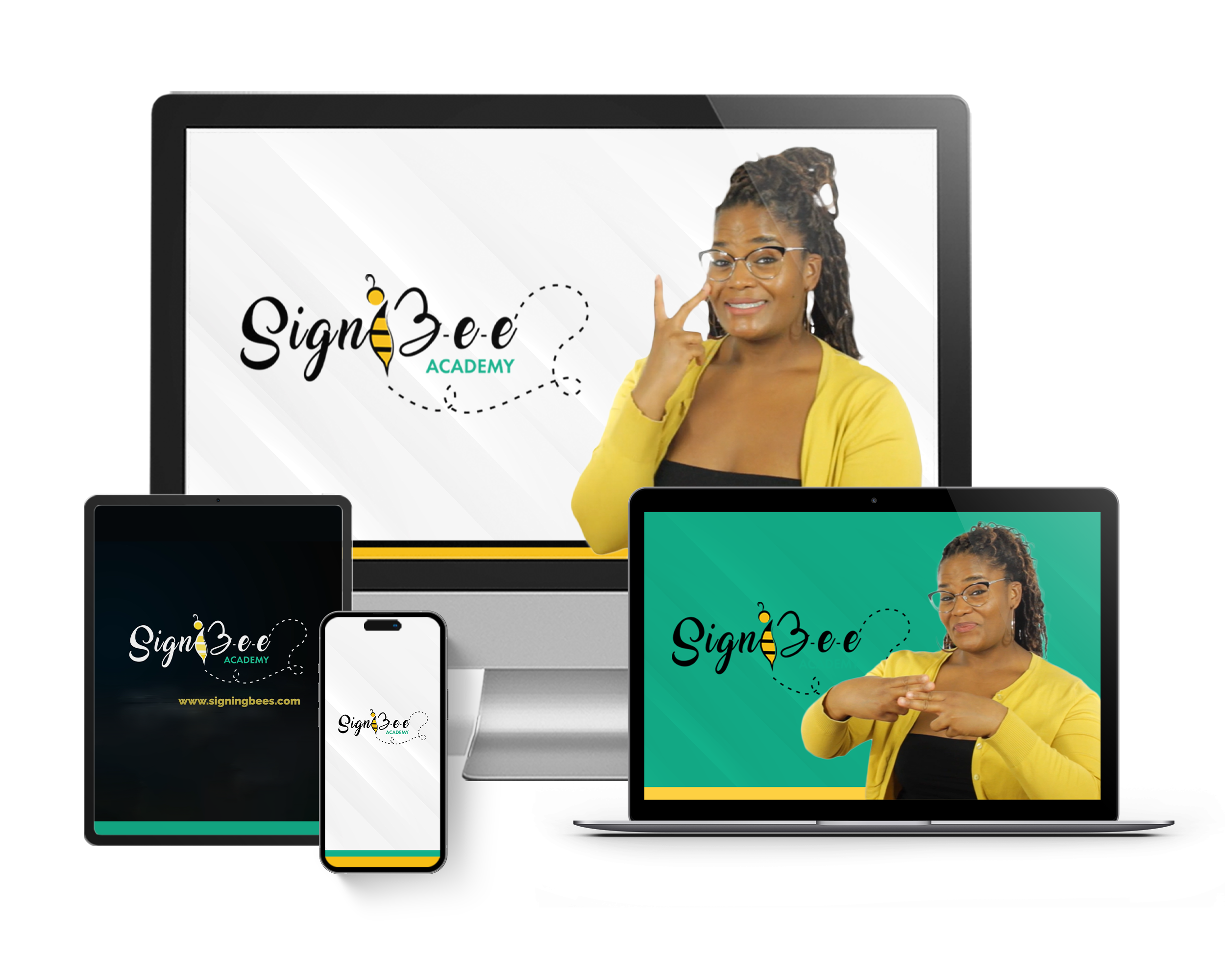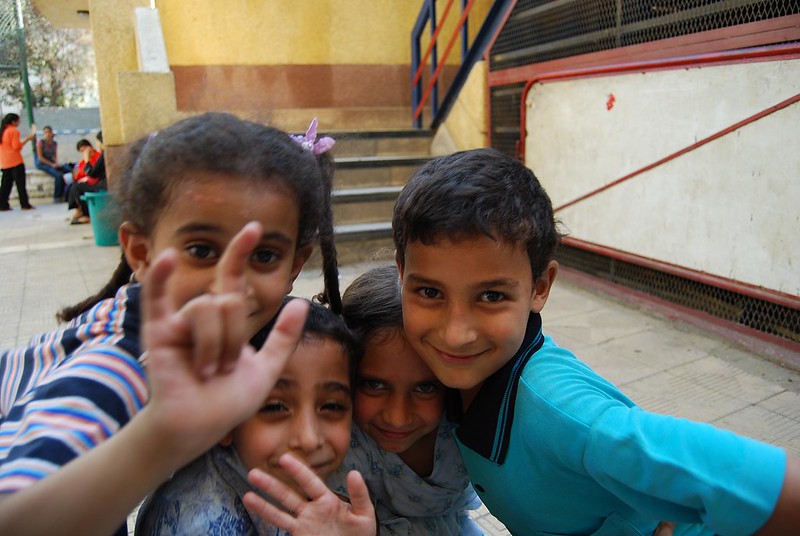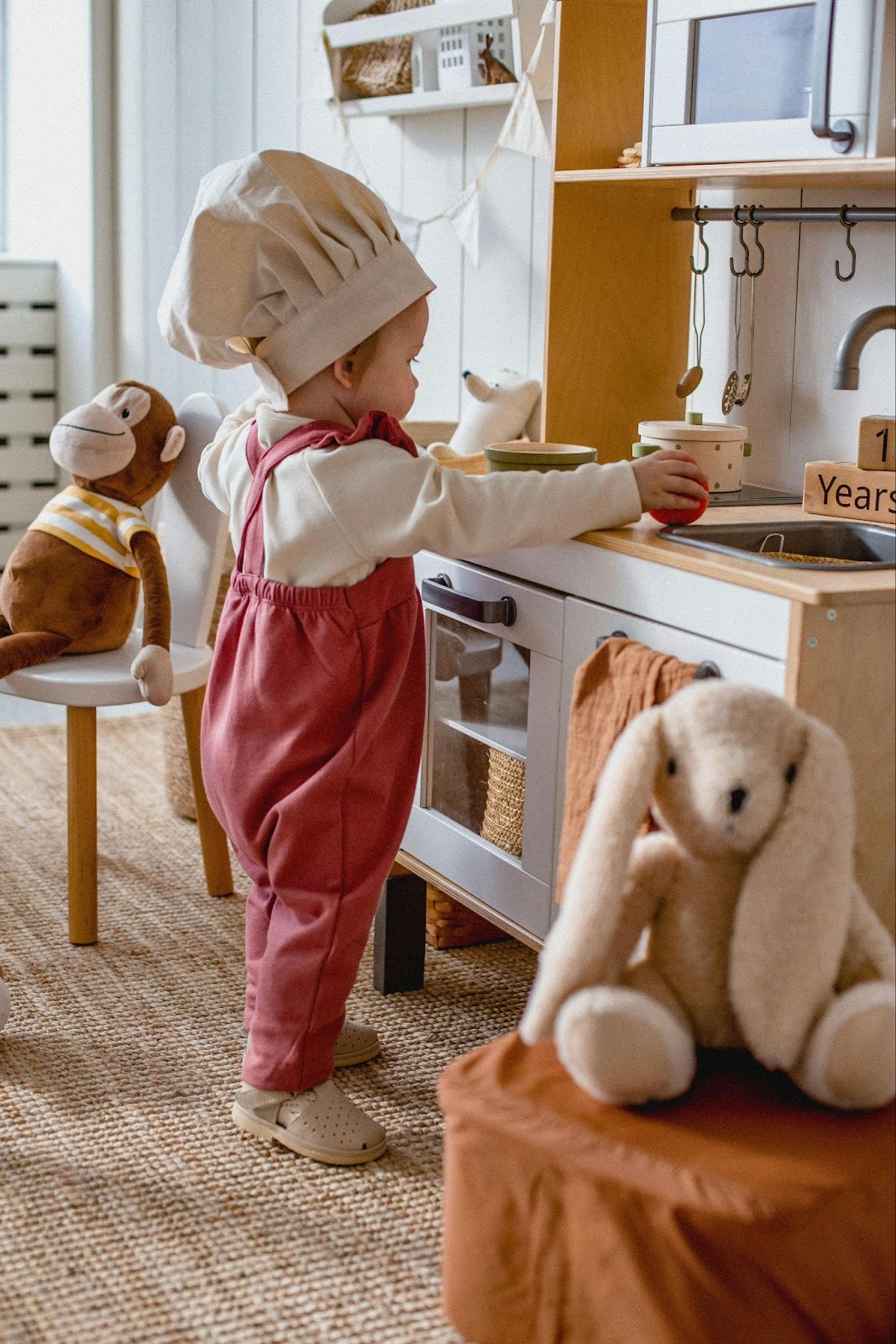In this article, you’ll find out what it means to suffer hearing loss as well as easy ways you can teach sign language to children who are deaf or hard of hearing.
What Exactly Is Hearing Loss?
Hearing loss describes the condition of people who suffer any mild to profound hearing problems. To decipher if a person has hearing problems, some signs must have been noticed. According to Dolly Bhargava at Trinity University, some of these signs to indicate that a person suffers from hearing loss are as follows:
- The turning of the person’s head to be placed in such a way that the ear is in the direction of the sound or speaker.
- When the person favors one ear over the other
- When the person speaks in a loud voice when there is no interrupting/background noise
- When they ask for information to be repeated (several times on different occasions)
- When it takes a long time for the person to respond to questions or during conversations
- When the person isn’t shocked by very loud noises
- When the person sits close to the source of sound coming from a TV or radio
Ways to Teach Sign Language to Deaf or Hard of Hearing Children
The Involvement of Parents and Family Members
Children who are deaf or hard of hearing will more than anything else appreciate the support of their parents and family members if they are going to begin the ASL learning process in the first place and continue learning it till they become very proficient in it and make the best out of it.
Not only for support but like everything else, kids learn mostly from their parents before anyone else.
Their involvement should surpass teaching these children but make sign language an important aspect of the family and home culture.
Visual Learning Aid
A key way to help deaf or hard of hearing children learn ASL is using visual aids. Kids learn effectively when they see and can relate what they learn with pictures. Visual aids to teach ASL range from pictures of the signs, of people using the signs, of various objects and their signs, to movies/cartoons (where possible) with sign languages being used. Small flashcards for memorization purposes are also another way that will help deaf or hard of hearing children.
Social/Group Learning
Children who are deaf or hard of hearing can learn ASL if they learn together with other deaf or hard of hearing children. Although, this doesn’t mean that the only group of children who should learn ASL together should be children suffering any hearing loss, this simply works well as a form of building strong moral support and encouragement.
Where it is not possible to learn ASL with children who are deaf or hard of hearing, the benefits of social learning should still not be undermined. There is increased engagement and teamwork not to mention the fun and laughter and peers and the diverse perspectives of the kids as regards the signs and how it affects them and their communication
Making Them a Part of a Deaf Community
ASL is not a language out of space. It is a language that exists within a culture and a community. Having your child join this community will help them not feel less of themselves because of their hearing condition, rather, they’ll understand how to utilize the constraints that come with these hearing problems and rise above them.
Sometimes, the fear associated with bold steps is that parents are quick to point out that their children who only suffer mild hearing loss aren’t completely deaf. This sort of thinking can hinder the progress they seek.
Your children have an easy time grasping and appreciating their condition by being a part of this community where there’s no judgment for something they didn’t cause.
Why Sign Language is Best for Children with Hearing Impairments?
Image by mag3737 on Openverse
Deaf or hard of hearing kids shouldn’t be left out of activities because of it. Therefore, using sign language with these kids can help them integrate with their peers seamlessly. Another reason why sign language is best for children who are deaf or hard of hearing is that it can drastically improve their academic performance. According to an article in the National Library of Medicine, 23% of the children with mild hearing loss had their communication and attention in school affected. The research also suggested that the academic performances of these kids are likely to be affected later in life, to prevent this from happening, sign language, an effective communicative tool, focuses on the child who are deaf or hard of hearing if introduced into schools.
Children who can get independent quickly get responsible early. They are also able to adapt to situations easily. ASL gives deaf children the confidence and self-esteem to acquire such an independent spirit and eventually become self-reliant.
Problems Associated with Teaching Sign Language to Children with Hearing Impairments
The problems associated with teaching sign language to deaf children are closely linked with the problems associated with teaching sign language generally. They include:
- Balancing sign language with spoken language. The fact is that sign language does not interfere with spoken language. It can be taught simultaneously especially when the hearing problem is noticed quite early in the child. Even if it is not, kids who have learned spoken language can easily learn sign language as well as kids who learn sign language as their first means of communication.
- Societal Stigma. Especially in cases of mild hearing loss, society finds it hard to comprehend while ASL should be used as a major form of communication. As a result, deaf or hard of hearing kids would rather suffer from the difficulty of their hearing conditions than learn ASL.
Conclusion
ASL can be your child’s primary source of communication alongside any spoken language and it wouldn’t negatively affect your child’s life in any way. But if your child has any hearing problem whatsoever, teaching them ASL is one of the best things you can do for them because there’s a lot of damage having any hearing loss can cause a child. It reduces their self-confidence so much that they can go into depression because of it. Some adults who struggled with hearing problems as kids are adults who are still having career struggles due to their hearing conditions. ASL isn’t only safer, it’s healthier.
Teach your child ASL with SignBee Academy resources today.
Thumbnail Photo Credit to: Image by Tim Abbott on OpenVerse





